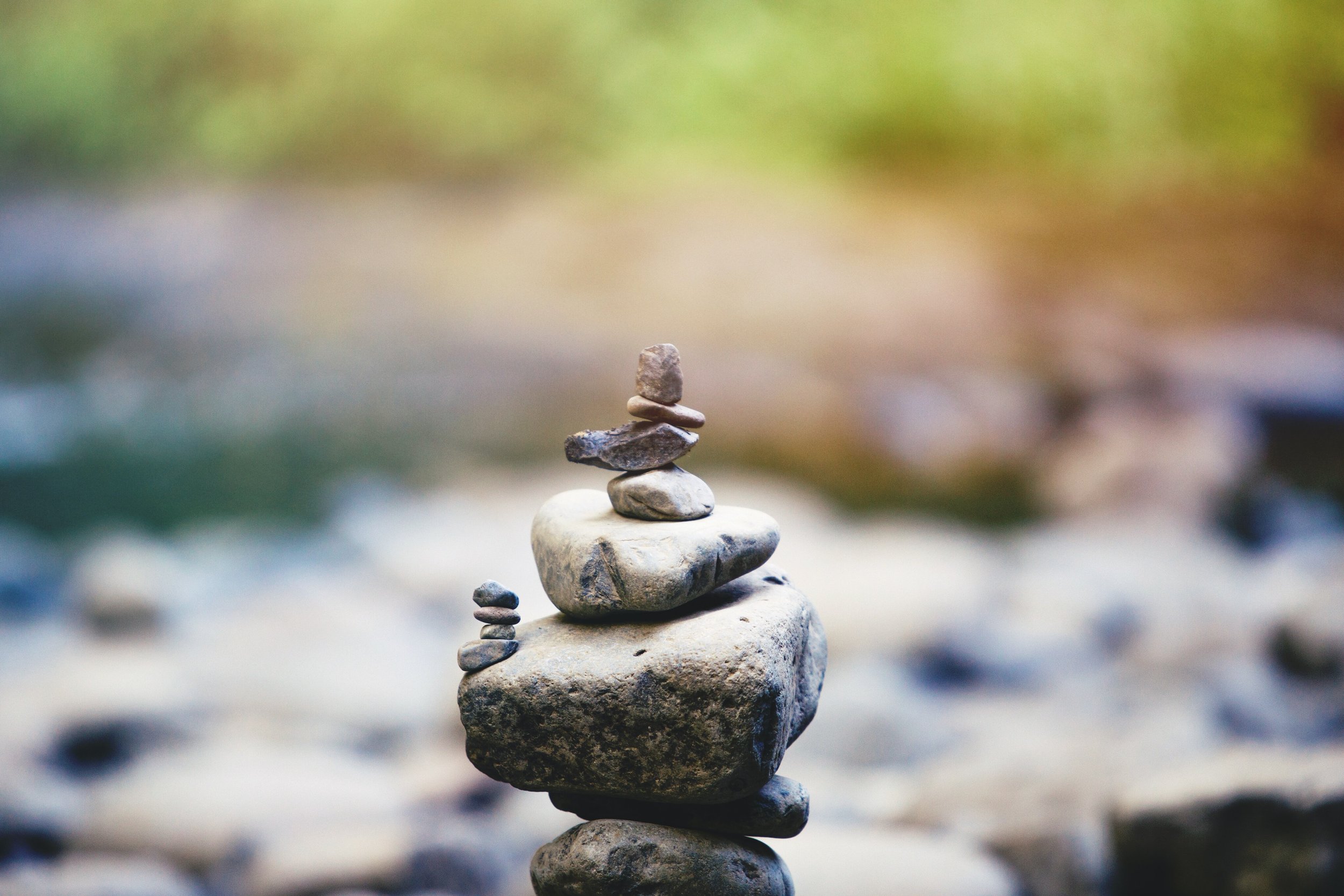Understanding & Applying the 9 Attitudes of Mindfulness
Prior to knowing more about what mindfulness is and how it can truly help me, I was a skeptical, overthinking, keeping-busy-for-the-sake-of-keeping-busy and self-loathing kind of person.
It was difficult to recognize, much less take steps to change the patterns of my mind. Somehow things started to change amongst the many dreary and dark moments trying to navigate this confusing world.
I first started reading books on mindfulness, and then taking a plunge to finally attending classes. Even committing to an 8 Week Mindfulness Stress Reduction Programme (MBSR) with other strangers came sometime later, when I could move past the self-judgment to fully meet myself where I am, and after I had attended my first Vipassana meditation retreat in Nepal. Let’s just say the rest is history.
Contrary to popular belief, mindfulness does not require sitting on a cushion or attending special retreats. It is also more than meditation. Rather, we can see it as an integrated way of living with attention and intention.
In Jon Kabat Zinn’s book Full Catastrophe Living, he first wrote about the 7 attitudes of mindfulness. Today, it has now expanded into 9 different attitudinal foundations to include Gratitude and Generosity.
In the MBSR practice, these attitudinal foundations that Kabat-Zinn teaches are important to learning the art of implementing and integrating mindfulness into our daily life.
Watch this video to hear a brief introduction on the attitudes:
NON-JUDGMENT - When we begin to pay attention to our moment-to-moment awareness, we can start to see our thoughts, patterns, and conditioned behaviors, and just how often we make judgments about everything - our colleagues, friends, situations, and often, ourselves. When we cultivate non-judgment, we allow ourselves to create more space for connection, kindness, compassion and empathy.
PATIENCE – Allowing things to unfold in their own time, and releasing the need to control the situation for a particular outcome. Patience involves balance and a certain wisdom to trust the process.
BEGINNER’S MIND – Adopting the willingness to see everything as if for the first time with fresh curiosity and vitality. Almost like a baby learning to walk for the first time. Imagine if we can be fully present with ourselves and our loved ones, instead of being clouded by preconceived perceptions!
TRUST – Believing in the validity of our own felt experiences and trusting your own authority, intuition. Trust also allows you look within, taking ownership of your life.
NON-STRIVING – Allowing for the present to be as it is, trying to fix or make something happen. Non-striving helps us to cultivate kind and gentle awareness of the present, and also train one’s ability to creatively respond to what’s right here in our lives.
ACCEPTANCE - Bringing openness to, kindness towards, and welcoming of experience as it is in the moment. Acceptance allows for us to accept things for the way they are. Resistance and wanting for things to be other than what they are can lead to stress and anxiety.
LETTING BE - Simply allowing things be as they are without the need to try and control your thoughts, feelings or actions. This might be one of the more challenging attitudes to grasp. Often we want to “hold on” to pleasant thoughts or “push away” unpleasant thoughts or experiences. Rather than becoming attached to the outcome, we allow for our experience be what it is, observing it in this moment.
GRATITUDE – A recent addition, Kabat-Zinn added in this attitude of gratitude, where we bring attention to all the good in your life. The negative bias of our brain can sometimes override the positive circumstances in our life. Bringing gratitude in can help us to recognize the good things that we might have overlooked.
GENEROSITY – Another new addition, calls on us to bring happiness to others by giving them our fullest attention, care and presence. In the hustle and bustle of today’s world, giving someone our time and attention is a meaningful gift.
These attitudes of mindfulness have helped to serve me in both challenging and peaceful times. As we practise, new insights can also come up about our own life journey. We can regard each moment as a moment to practice, helping us prepare for the times when stress creeps in again (and that might not be a long while away!).

